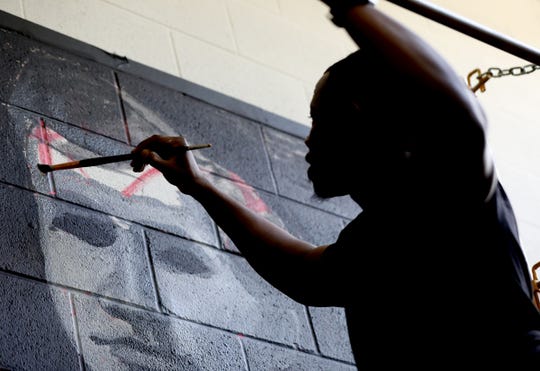What Does the Education Dept. Know About Race?
The Chronicle of Higher Education
2014-04-28
Johnah Newman, Database Reporter
Our post last week on minority enrollment and diversity at the University of Michigan at Ann Arbor sparked a lively debate in the comments section about demographic data and diversity.
“I must admit that I am scratching my head,” one reader, Candis Best, wrote in response to the post. “Minority enrollment is down, but the school isn’t less diverse?,” she asked. “Diversity isn’t about statistics. It is about relationships.”
Ms. Best is, of course, correct that diversity is more than percentages and bar charts. “Diversity” includes identities that cross genders, cultures, and other ways people define themselves. A diverse campus involves interactions among students and faculty and staff members, all trading and sharing points of view and gaining understanding as they learn from others’ backgrounds.
Nevertheless, data and statistics are able to provide some insights into the makeup of a population and the degree to which that population consists of people associated with various groups.
Before we explore some different ways of measuring diversity through data and statistics, it’s worthwhile to look first to the demographic data themselves. What do the data show? What can’t they measure? And what are some of the complications and pitfalls of using such data to measure racial and ethnic diversity?
Categorizing Race and Ethnicity
The first factor that complicates any discussion of race and ethnicity is how to categorize a person’s race in the first place. Before the 2000 Census, people were asked to check a box indicating their race. The selections were mutually exclusive. You were either white or black. Hispanic or Asian. By 2000, though, a cultural shift had caused people to think about racial categories not as distinct groups but as elements that can combine to form a person’s identity. People could now check multiple boxes…
…So a drop in the number of black students reported at a university from 2009 to 2010, as we noted at the University of Michigan, doesn’t necessarily mean that there were actually fewer black students. It could also mean that some of the students who would have been counted in the black category before 2010 were instead counted in the two-or-more-races category under the new reporting methods…
Read the entire article here.



